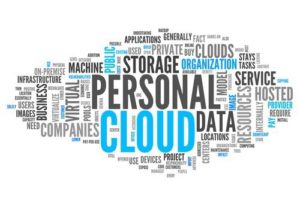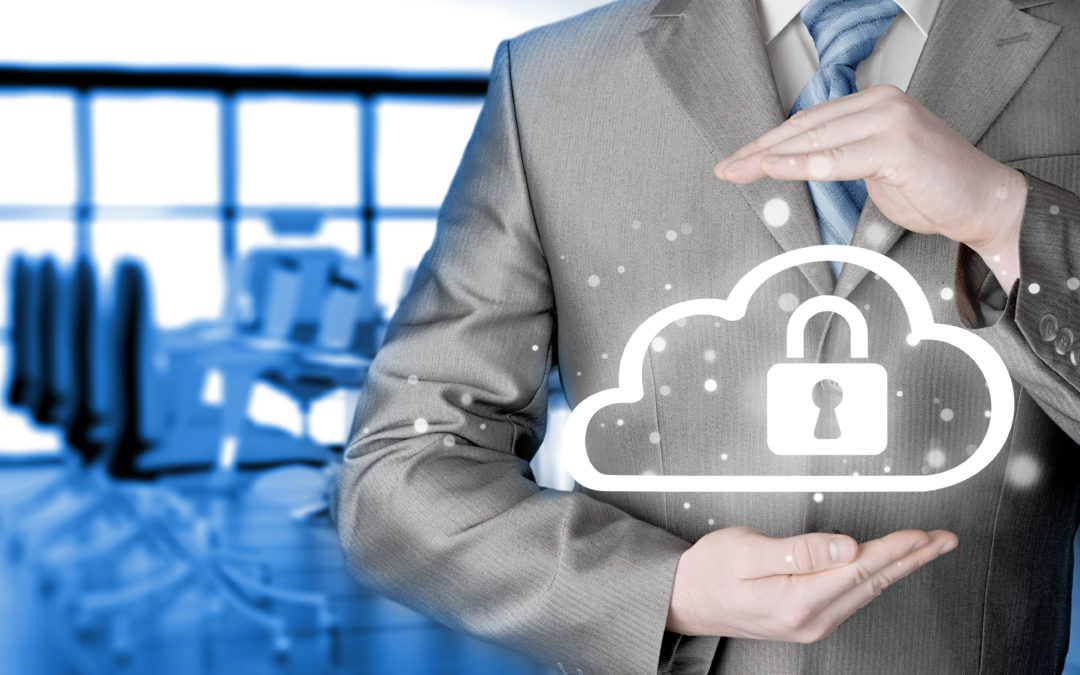People have been talking about the cloud for years. Some people see the cloud as a mysterious conglomerate of floating files and invisible data darting from device to device. Others obsess over new cloud capabilities and try to explain the enigma to the rest of the population as though they are children from the 1800’s. If you aren’t already familiar with the cloud—catch up! Because the public cloud is old news and the personal cloud computing is cutting edge.

Generally speaking, advances in cloud computing have made data accessible to multiple people across varying distances, all without a tangle of wires. The cloud is an intangible storage center that allows people to access files stored on the cloud anywhere, anytime, and from any device. Previously, the cloud was a massive, overwhelming blob that existed in the air around us, but now consumers can enjoy bite-size pieces in the form of the personal cloud. The personal cloud is exactly what it sounds like—a private storage unit for digital content and services. Only select users can access personal clouds; therefore they have the advantage of greater security and privacy. The personal cloud is typically for home-use and is an alternative to storing data on personal computers and external hard drives.
Some say the personal cloud will quickly replace laptops since most consumers seem to favor mobile devices and tablets in recent years. Currently, the downside to tablets is limited storage and limited access to your full music, video, photo, and document libraries. Using a personal cloud will give the consumer access to any and all of their personal files on any device without using storage space on that device. While the concept seems dandy, there are still obstacles standing in the way of a full-blown personal cloud takeover. There are some security concerns and issues with complexity, especially in terms of connecting the cloud to different devices. Cost is another hurdle, and although prices for cloud storage are dropping 30-40% each year, consumer data and storage needs are growing by 50% every year. Storage may be getting cheaper, but we constantly need more of it. So far, businesses have embraced the cloud, but the average individual only stores about 7% of their personal files on the cloud (if they even use it at all).
As time passes the personal cloud will no doubt gather a devoted following and in ten years might be the norm. If you can’t imagine a world without a physical external hard drive, you might be falling behind. Stay up to date with Secure Networker’s blogs; so in the future you won’t need to rely on your grandchildren to operate your electrical devices.



Recent Comments